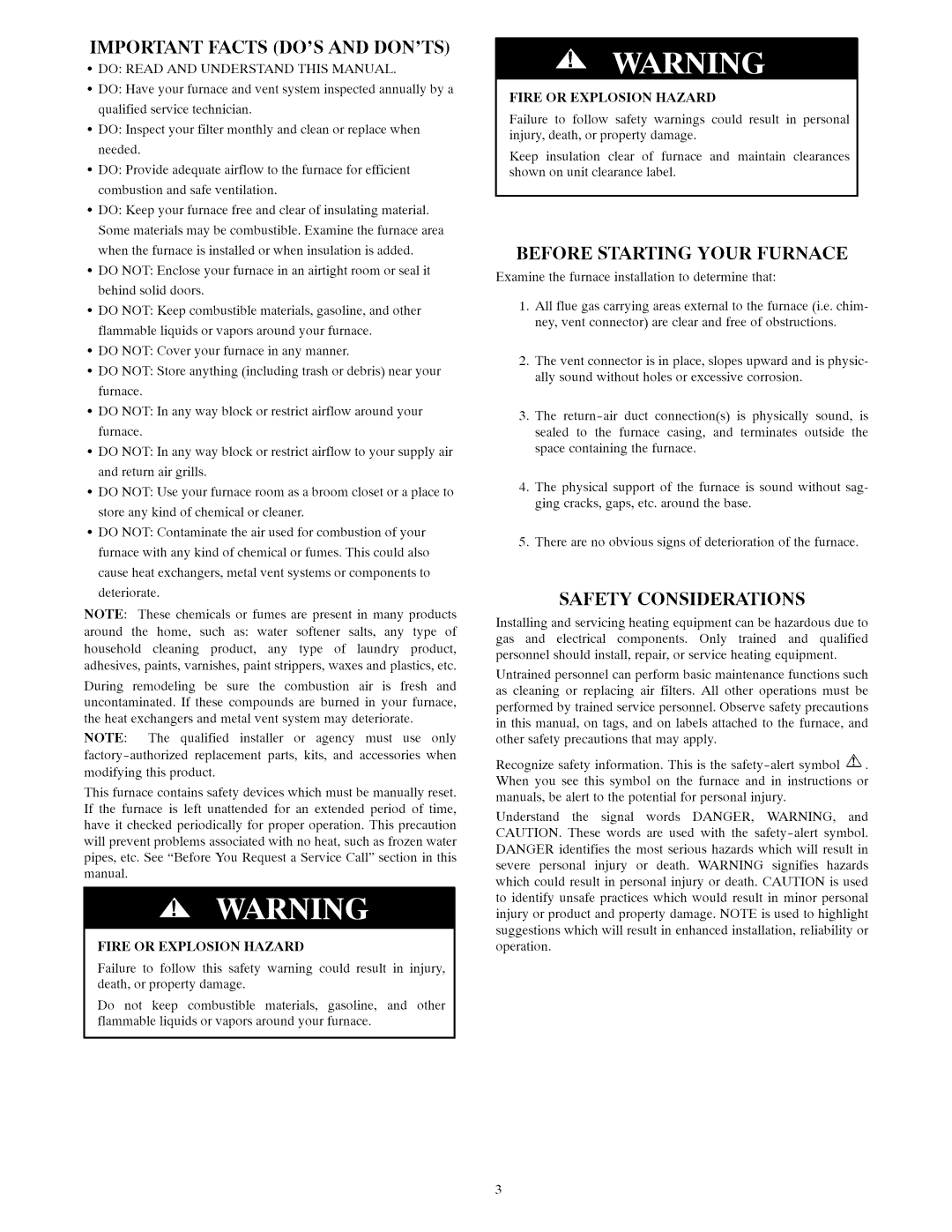A10247 specifications
The Carrier A10247 is an advanced air conditioning unit designed for optimal performance, efficiency, and user comfort. This model stands out in the competitive HVAC market due to its innovative features and cutting-edge technology, making it a preferred choice for both residential and commercial applications.One of the main features of the Carrier A10247 is its energy efficiency. It utilizes a high-efficiency compressor and advanced refrigerant technology, which not only helps in reducing energy consumption but also lowers operational costs. This unit meets stringent energy efficiency guidelines, ensuring that users can enjoy a comfortable environment without incurring hefty utility bills.
Incorporating a robust system design, the Carrier A10247 is equipped with a multi-stage filtration system that captures airborne particles, including dust, allergens, and pollutants. This feature enhances indoor air quality, making it particularly suitable for individuals with allergies or respiratory issues. The filtration system is also easy to maintain, ensuring that users can keep their unit operating at peak performance with minimal effort.
Technologically, the Carrier A10247 boasts smart connectivity features. It is compatible with advanced home automation systems, allowing users to control their air conditioning remotely through mobile applications. This capability provides convenience, enabling users to adjust settings, monitor energy consumption, and schedule operations from anywhere.
Another characteristic of the Carrier A10247 is its whisper-quiet operation. Designed with noise reduction technologies, this unit minimizes sound levels, making it ideal for use in bedrooms, offices, and other quiet spaces. The sound insulation and optimized airflow design ensure that users can enjoy a serene environment while benefiting from efficient cooling.
Durability is also a key aspect of the Carrier A10247. With high-quality materials and a reliable build, this air conditioning unit is designed to withstand various environmental conditions, ensuring a long service life. The manufacturer offers excellent warranty options, providing peace of mind for users.
In summary, the Carrier A10247 is a state-of-the-art air conditioning unit that combines energy efficiency, superior air filtration, smart technology, quiet operation, and robust durability. These features make it an ideal choice for those seeking a reliable and effective cooling solution for their homes or businesses.

